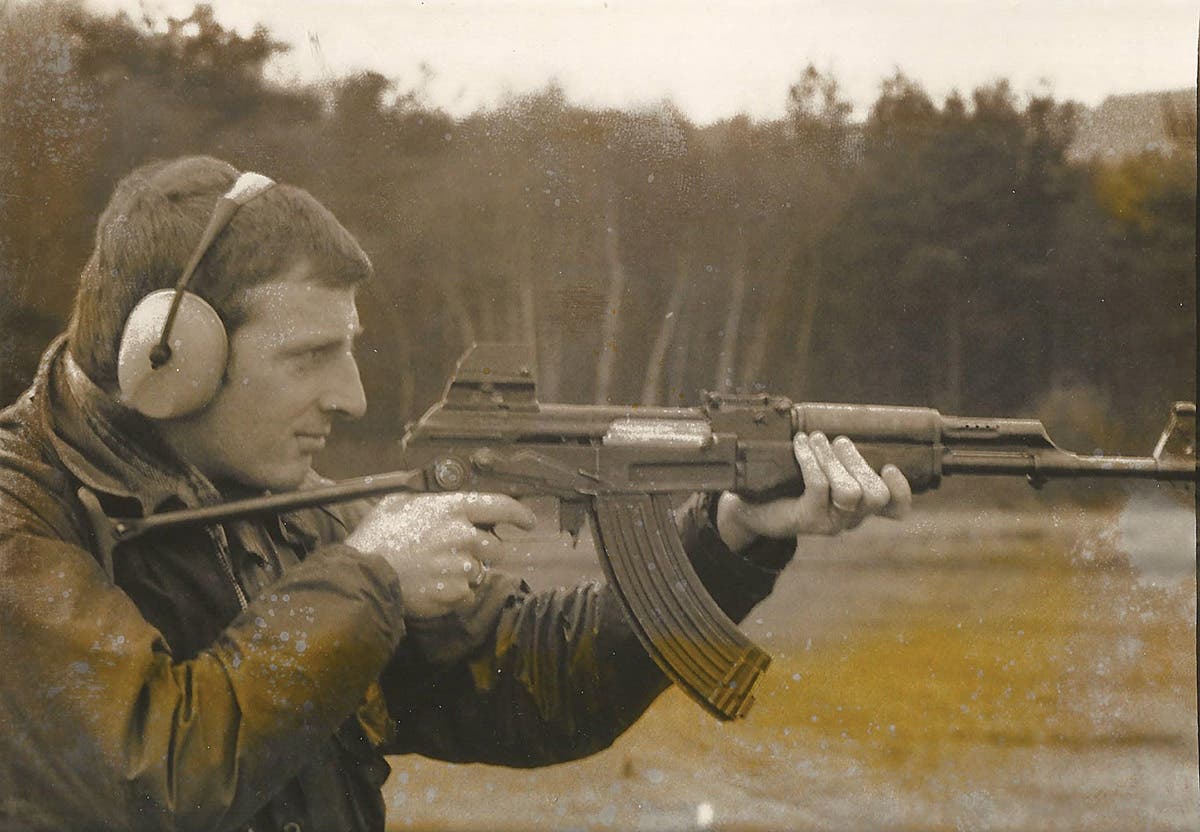When in the military collecting game you sometimes have to play the greater fool
When collecting military artifacts it isn’t always about the money!
Recently, I was told by a few friends in the military collectible world that they were “cashing out” — they’d reached a point where the joy of collecting wasn’t there any longer. I respect their decisions, but it also reminded of how another friend asked last year whether I would possibly ever sell some of my collection as I get older. My initial response was that I enjoy this stuff far too much to part with it.
When asked if I could sell and would I make a nice profit, I had to admit, “There are pieces I will never sell, as I’d need to find a greater fool.” That is to say, I paid so much for a few items that I could expect to lose money, even many years later even factoring in inflation. Thus I will admit — at least in terms of collectibles — I’m an example of the “Greater Fool.”
Sometimes You Need to Play the Greater Fool
It needs to be said that to those who don’t collect, paying anything for old uniforms and helmets may already seem foolish. But to buy those super- rare pieces may require being the greater fool, and accepting that fact.
This isn’t meant as an insult – not exactly.
The “Greater Fool” is at the core of a particular finance theory, specifically related to investments. It suggests that one can sometimes make money through the purchase of overvalued assets, notably items where the purchase price can drastically exceed the intrinsic value, but only if those assets can later be resold at an even higher price. This means that one “fool” might pay for an overpriced asset, hoping that they can sell it to an even “greater fool” and make a profit.
Doesn’t that sound like some of the items we see trade hands at militaria shows — or any collectible fair for that matter?
When admitting that I paid so much, the follow-up questions I’ve received then include: 1) Does that bother you and 2) Why did you buy something if you can’t resell it at close to what you paid?
I would say it doesn’t bother me; but only because I bought the item for the pleasure owning it gives me. I don’t collect for the investment. To some that could make me the greatest fool of all, but the fact remains that this is a hobby — albeit an expensive one — that I really enjoy. If I did collect for the investment opportunities, my collection would likely be very different.
I certainly have an appreciation for the history, of course, but as items go, these are really no different from my TVs and bicycles. I’ve spent a great deal on both over the years, and I accept that my 85-inch UHD HDR TV will wear out some day. The same will happen with my BMC and Orbea carbon fiber road bikes. I don’t want to replace either all that often, but I enjoy watching TV, riding my bicycles and collecting militaria (in no particular order).
One notable difference is that I could sell my militaria collection and make a good profit on some items, while losing money on others. If I were to sell, I’d have money in my pocket, but I’m not looking to cash out. At the same time, the TVs, road bikes, computers, cars, board games, and just about everything else I’ve bought (all those consumer goods) will only be worth mere pennies on the dollar at some point. Sometimes I’ll have to pay to have them hauled away – like my old washer and dryer!
But Don’t Be Foolish
I also must admit that I see investing as gambling. There will certainly be those who disagree with my assessment, and say that over the long run, the price will always go up. I’ve heard that about stocks, and I’ve collected long enough to understand why some take this point of view about militia.
That might have been true at one point.
My great-uncle bought me my first helmet when I was 12 years old. It was a British MkII dated 1940 and it was all of $5. Considering the rate of inflation, the same helmet should be worth around $20. Yet, it would be hard to find one in the same condition today for that price today. So, was it a good investment? Only if I can sell it.
We need to also remember that traditional investments — stocks, precious metals, etc. — also see market fluctuations. Prices go up, prices go down. Buy the wrong stocks, even when getting in on an IPO, and no amount of time is going to see it go back up again.
This is a point we need to remember when it comes to spending a lot of money on collectibles, especially if you hope to see a reasonable return on investment (ROI). There is a chance you can make a profit, but it may require finding a greater fool.
Or just pay what you’re willing to pay, and accept that the money may be gone forever and enjoy the purchase! To me that’s not foolish in the least.
Peter Suciu is a freelance journalist and when he isn't writing about militaria you can find him covering topics such as cybersecurity, social media and streaming TV services for Forbes, TechNewsWorld and ClearanceJobs. He is the author of several books on military hats and helmets including the 2019 title, A Gallery of Military Headdress. Email him and he'd happily sell you a copy!





